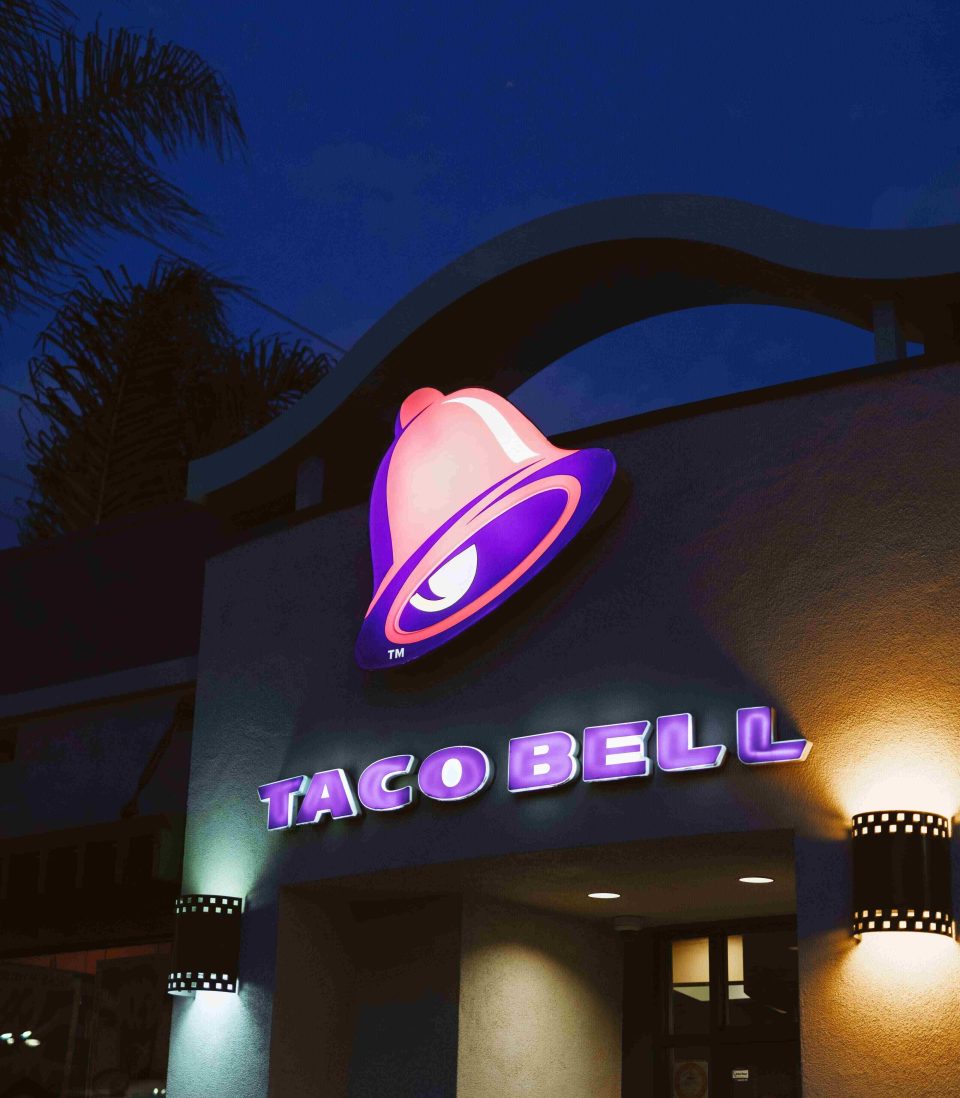About the brand
Taco Bell is a large enterprise in the Quick Service Restaurant (QSR) industry that originated in the US and operates globally. Known for its fast-paced operations and high transaction volumes, the business depends on real-time data to keep things running smoothly.
The challenge
In the QSR world, decisions are made daily (sometimes hourly) based on live data. Sales, revenue, labour costs, it all needs to be reported quickly and clearly.
Taco Bell was using Amazon Redshift and Yellowfin BI to power the dashboards their managers and finance teams depended on. But as customer volumes grew and reporting demands increased, the system started to struggle. Dashboards slowed down during busy periods, creating blind spots just when teams needed clarity most. What’s more, costs kept climbing.
The solution
We tackled the problem on two fronts: query performance and system architecture.
First, we streamlined the underlying SQL powering the client’s most critical dashboards. By replacing nested views and cross-joins with precomputed materialised tables, we significantly reduced the CPU and I/O load.
Then we redesigned the Redshift architecture. A parallel cluster setup was introduced – three independent Redshift clusters, each with its own Yellowfin connection. Reports were routed based on type and complexity, ensuring better workload distribution.
Using report usage data, we fine-tuned the balance of traffic across connections. This segmentation reduced congestion and took full advantage of AWS’s concurrency scaling policy, ultimately unlocking three additional free concurrency hours each day.
The results
The changes delivered exactly what Taco Bell needed: faster, more reliable dashboards and a leaner, more cost-effective data environment.
- Operational costs dropped by around $25,000 a month.
- Redshift cluster size cut from 19 nodes to 10.
- Report runtimes reduced by over 60% during peak hours.
With lower resource usage and a right-sized infrastructure, the platform is now stable, scalable, and ready to support continued growth without performance bottlenecks or bloated costs.
Want to become our next success story? Contact us today to find out how we can help you.
per month saved
(down from 19)
faster reports
Related case studies
Featured service
Cloud Optimisation
Reduce cloud waste, lower costs, and maximise performance with tailored optimisation strategies.
Featured service
Data & Analytics
Unlock actionable insights with structured data and analytics solutions.







